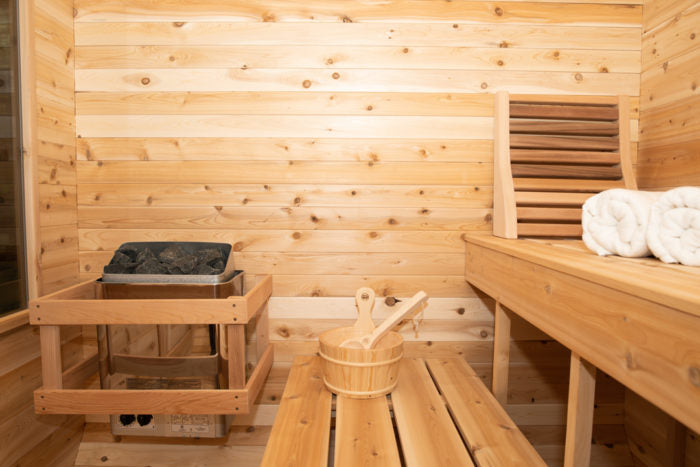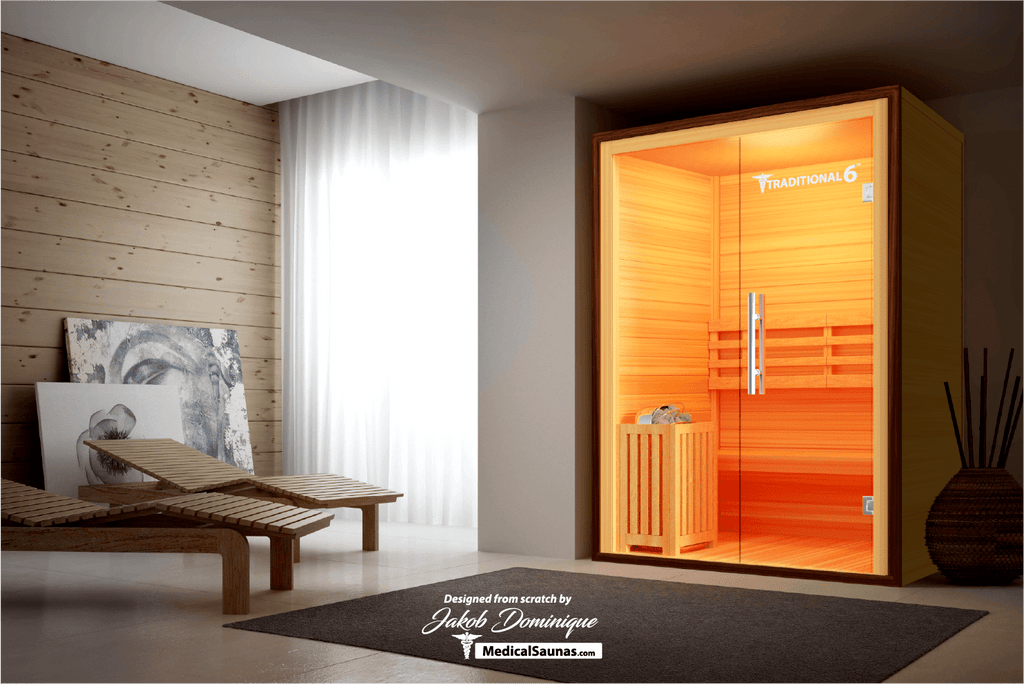The Basic Principles Of Traditional Sauna
The Basic Principles Of Traditional Sauna
Blog Article
The Traditional Sauna PDFs
Table of ContentsTraditional Sauna for BeginnersThe 9-Minute Rule for Traditional SaunaThe smart Trick of Traditional Sauna That Nobody is DiscussingFacts About Traditional Sauna UncoveredRumored Buzz on Traditional Sauna
The majority of the weight lost in a sauna is water loss and is re-gained upon rehydrating. Without a question sauna can be a crucial part of a healthy weight loss program. To look at the differences in between conventional and IR saunas, I will divide these right into proven, academic, and produced differences.Hence, the best factor in the saunawhich goes to the ceiling straight above the sauna heateris commonly in between 185 and 190 F. Claims that a traditional sauna surpasses 200 F is simply not true and not appropriate for electrical saunas sold in the US. The temperature level for a far-infrared sauna is typically set in between 120 and 140 F; however, unlike the conventional sauna, the goal in and IR room is not to achieve a heat.
Because of this, the temperature level distinction is virtually pointless, since profuse sweating results in both sauna types, however the method of heating up the body is different. In an IR sauna the bather will certainly really feel hot and will certainly sweat profusely, but at much reduced temperature levels (Traditional Sauna). Hence, if the objective is to spend longer durations of time in the sauna, the IR sauna is a good selection
When a standard sauna has been effectively heated up, the sauna wall surfaces are warm, the air temperature has actually accomplished set temperature and the rocks are incredibly warmed. As a fascinating side note, the warmed walls and the rocks are giving off far-infrared warmth, incorporated with the warmed air, to develop an "enveloping heat".
About Traditional Sauna

When the high temperature level is achieved, the elements cycle on and off to maintain the high temperature level. A lot of conventional sauna customers delight in pouring water over the rocks to develop steam to increase sauna moisture degrees. The advantages of putting water over the rocks include: making the area more comfortable, dampening the nasal flows, and allowing the usage of aromatherapy by blending vital oils with the water.

When the energy enters the body, it triggers the body temperature level to enhance and inevitably results in sweat. In an infrared sauna it is very important for the emitters/heaters to remain on almost regularly. Because there is no mass of rocks to retain warmth, the sauna will certainly cool down if the emitters shut down.
As stated above, the sauna bather in an infrared room desires to position himself in front of running emitters to obtain optimal gain from the heat. The heating time for the 2 spaces can be extremely various, depending on exactly how the spaces are made use of. For a traditional sauna, a bather needs to allow 30-40 mins for the space to accomplish a preferred temperature and to effectively pre-heat the rocks.
Unknown Facts About Traditional Sauna
A well built sauna will usually accomplish a temperature of 150-160 F in concerning 30-40 minutes. For hotter temperatures, the room may need to warmth for a longer duration.

Standard saunas have a tendency to be bigger (therefore utilize more electrical power) than infrared saunas, although typical saunas are certainly offered in one and 2 person dimensions. For her response a two-person typical sauna, 5x6 or 5x7 size is most popular. The top bench can easily seat 2 or 3 people and is additionally long sufficient to rest during the sauna session.
8 Simple Techniques For Traditional Sauna
The typical price per kWH of electrical power in the U.S. is around $0.11, so a 4.5 kW heater will certainly cost around $.50 to compete one hour, if the heating system runs constantly for one hour. Normally a sauna heater will certainly compete 75% of the first hour and 50% of subsequent hours on since the elements cycle once the set temperature is achieved.

There is a seldom gone over difference in the social experience between the 2 rooms. While our society has actually lost some of the social benefit of the traditional sauna experience, it can be very socially satisfying (Traditional Sauna). From family members time in the sauna, to heart-felt discussions with better halves, to sauna partiesthe traditional sauna experience can result in intimate mingling
3 Simple Techniques For Traditional Sauna
Most higher end infrared rooms consist of colored light therapy, audio systems and full-glass fronts.
Report this page